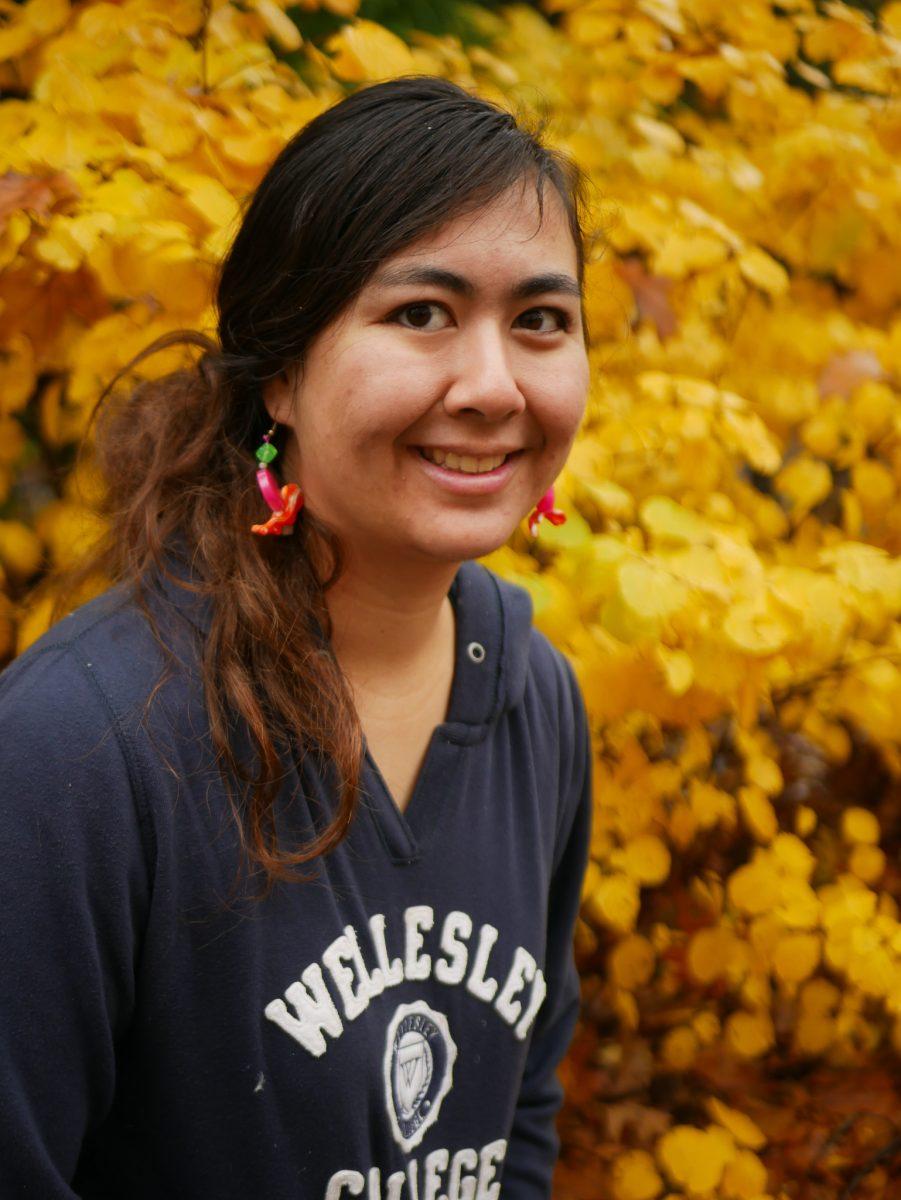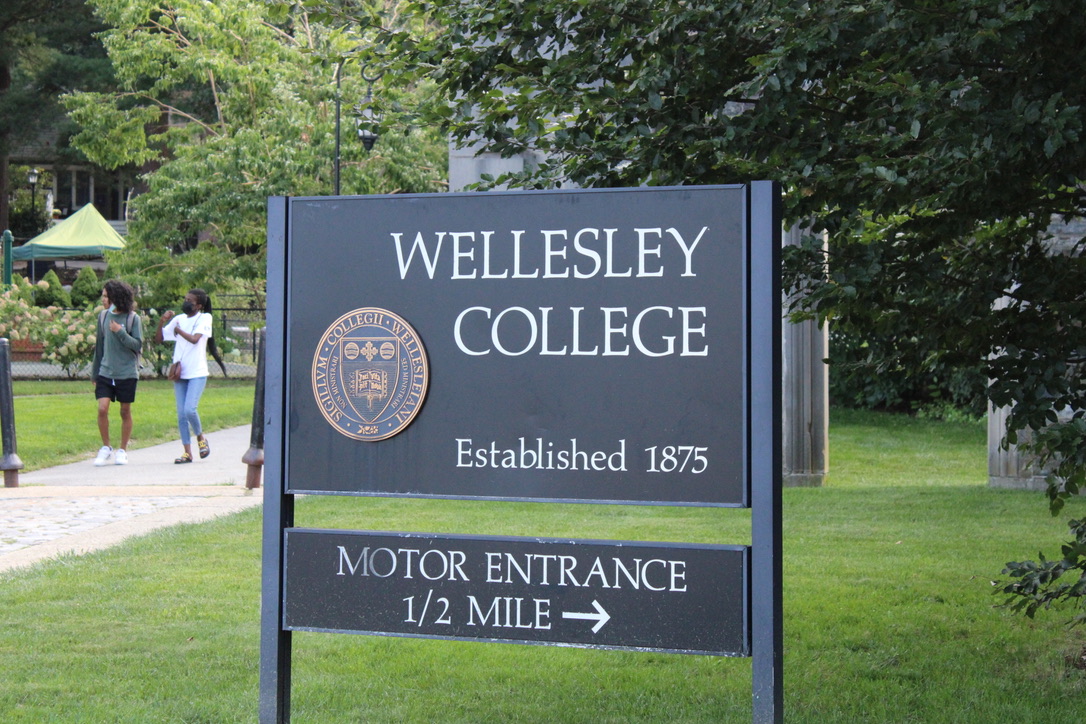Since this past summer, Alexa Gross ’21 has been working in Associate Professor Kay Tye’s lab at MIT, where she performs surgery on mice brains in order to understand the circuitry underlying mental illnesses like depression and anxiety. Using optogenetics, in which a scientist activates specific neurons with a laser, Gross was able to see behavioral changes in real-time. Tye’s lab focuses on a pathway in the amygdala related to compulsive behavior.
“A lot of the circuitry in mice is similar to humans, so understanding these pathways gives us a better understanding of mood disorders,” said Gross. “You can’t really ask a mouse if they’re feeling depressed, but you can see physical manifestations of anxiety, or the symptomatic things.”
At Wellesley, Gross had previously worked in Associate Professor Michael Wiest’s lab as a first-year, which was her first experience doing scientific research of this kind. Wiest’s lab uses rats to study attention, and it was more “computational-based,” according to Gross. Gross prefers hands-on research — such as performing surgery, mounting brains to a slide and training mice to do certain tasks. She also had a particular interest in understanding the mechanisms behind mental illnesses.
“The reason I ventured out of Wellesley was just because I was very picky, and wanted a lab focused on the molecular neurobiology of mood disorders. And that’s a very specific thing, and I was very lucky to find that,” she said.
Besides addressing her particular interests, part of what made Gross fall in love with the Tye lab was its emphasis on collaboration.
“[It has] a supportive environment that’s really healthy,” said Gross. “The cool thing about the lab is that people have all different types of projects that are related, but it’s really amazing because with the collaboration aspect, you can learn from other people’s mistakes and you can get feedback on your own projects.”
During her first week at the Tye lab, Gross explained that she went through extensive training which involved the ethics of working with animals in a lab setting. All of her equipment is sterilized, and she puts the mice under an anesthetic for the operations she conducts.
“Before I could even touch them, I had to go through at least a week’s worth of training … there [are] so many safety protocols, and at all times, the priority is to minimize any pain they’re feeling,” said Gross. “Performing surgery on mice and things like that are kind of scary, but [they] also bring you closer to what you’re doing.”
Working with mice allows scientists to study the brain up-close and observe immediate responses to stimulation, which cannot be ethically done with live humans. After opening a hole into the mouse’s skull, Gross implants fibers that carry the laser’s light directly into the brain. From there, the light produces a reaction that causes certain neurons to fire. Gross compares it to a kind of “mind control.”
“What we’re doing is molecular-based, so we are trying to really understand the details of the circuitry, which areas of the brain are causing what — stimulating them, inhibiting them,” said Gross. “You can’t just stick an optode in a human’s brain to do that. So this allows people who are developing drugs, or therapeutic ways to treat these disorders with more information that they can use.”
The Tye lab will be moving to San Diego in 2019, but Gross plans to continue working with them over the summer. She found no other labs at MIT that matched her interests as much as the Tye lab did, so she will begin looking into research labs at Wellesley, including labs in the psychology, neuroscience and biology departments.
Gross plans to double-major in studio art and neuroscience. Though her work at the Tye lab takes up a significant portion of time — student researchers at MIT are required to commit at least 10 hours per week — Gross also pursues a passion for drawing and printmaking. She sees commonalities between science and art.
“A lot of people say that science and art are like opposites, and I’m trying to bridge the two as much as I can,” said Gross. “Sometimes I try to incorporate scientific elements into my art, but a lot of times I just feel like both of them help you better understand the world, or better understand yourself.”






